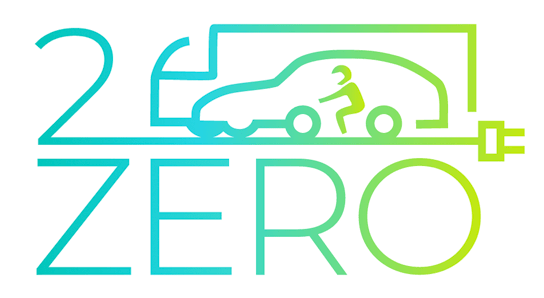SafeEV
Safe Small Electric Vehicles through Advanced Simulation Methodologies

- Framework: FP7
- Type: STREP
- Status: Ongoing
- Category: Electrification (FEV/PHEV)
- End Date: 30/09/2015
- Vehicles: Passenger cars
- Website: http://www.project-safeev.eu/
In the next 20 years the number of small and light-weight fully electric vehicles will substantially increase especially in urban areas. These Small Electric Vehicles (SEVs) show distinctive design differences compared to the traditional car (e.g. no bonnets, vertical windscreens, outstanding wheels). Thus the consequences of impacts of SEVs with vulnerable road users (VRU) and other (heavier) vehicles will be different from traditional collisions. These fundamental changes are not adequately addressed by current vehicle safety evaluation methods and regulations. VRU protection, compatibility with heavier opponents and the introduction of active safety systems have to be appropriately taken into account in order to avoid any SEV over-engineering (e.g. heavy or complex vehicle body) by applying current regulations and substantially impair the SEVs (environmental) efficiency.
Therefore, the project SafeEV aims are based on future accident scenarios to define advanced test scenarios and evaluation criteria for VRU, occupant safety and compatibility of SEVs. Moreover, industrial applicable methods for virtual testing of these scenarios and criteria (e.g. a method for active occupant safety assessment) will be developed. These methods are applied in order to derive protection systems for enhanced VRU and occupant safety for SEVs. The evaluation of one developed hardware system will be used to demonstrate the potential and applicability of these new methods. Dedicated best practice guidelines for VRU and occupant safety evaluation of SEVs will ensure a sustainable impact for industry and regulative organisations beyond the project duration. With the new evaluation methods developed, vehicle safety for SEV on urban roads in the next decade will be adequately addressed resulting in less fatalities and injuries without compromising vehicle efficiency. Moreover, cost-efficient development of SEVs will be made possible by the new virtual testing methodologies developed.
